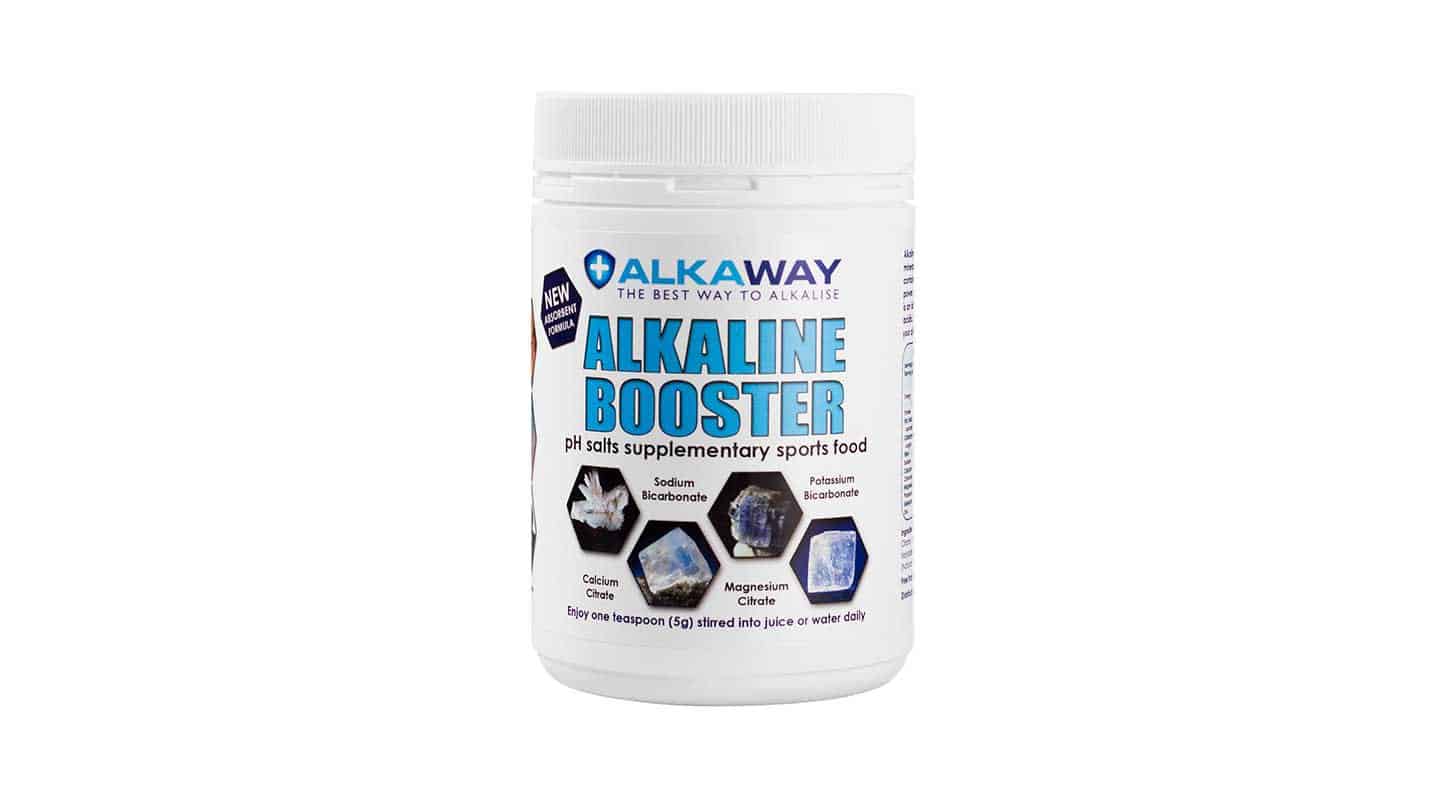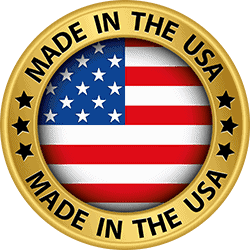Ever wonder whether the drugs you ceased taking might still be getting into you?
Yup. (admirable intention!) recycling more, right?
You must have seen the articles on recycled water. As predicted, our world is running out of water… meaning we are recycling more. Secondhand water.. and once again, we just decide not to be concerned about whether it’s better. We choose to just trust the giant corporations that contract to provide this technology.
No longer does it simply fall from the sky – a gift from God.
Now it’s a way to make money. An investment.
And those supplements, pharmaceuticals, drugs we used to take.. well, do we KNOW that they aren’t in our newly laundered water? No! We don’t even think about it!
So here’s the bad news.
Residuals of the drugs and personal care products that we – all of us – consume in our lives every day are excreted – or are washed off us during our daily shower or soak..
Hey, we even dump them down the sink drain. Yes, we are being good little world citizens by cleaning out our containers for recycling. And down it goes, into the aquifer, and the sewer, and back into our recycled water!
Yes, the waste goes through local treatment plants, designed for basic filtration.. but definitely not capable of dealing with the volume and forms of environmental waste that we create in our well-meaning actions.
Some governments see water management as a critical issue and are beginning to monitor Pharmaceutical and Personal Care Products (PPCPs) in water. And yes, they are on the rise.. an estimated increase from 2 billion to 3.9 billion annual prescriptions between 1999 and 2009 in the United States alone.
Associated Press reported that there are 41 million Americans now drinking antibiotics, anticonvulsants, mood stabilizers and sex hormones from a glass of water directly from their tap. Add the newcomers to the list: includes beta-blockers, hypnotics, antineoplastics, bronchodilators, antibiotics, antiseptics, cleaning solvents, sunscreen ingredients, caffeine, blood lipid regulators, hospital X-ray contrast agents and fragrances.
Yes, SOME governments are concerned… Is yours?
If this is the first time you heard about it, chances are the answer is NO.
On private land? Got a septic tank with a settlement trench? Where do you think all these nasties are ending up? Under that patch of grass, or vegetables where you planted because ‘it grows so well there!’ We really do need to consider the possibility of our chemical wastes leaching into streams downstream.
“With advances in technology that improved the ability to detect and quantify these chemicals, we can now begin to identify what effects, if any, these chemicals have on human and environmental health.” (EPA)
Nice quote.. but it just tells us they have no idea of the effects.. just like the 600+ identified contaminants they discovered in drinking water over the last decade.
It appears that Germany is way ahead of us in PPCPs water waste monitoring. Their studies over the last decade confirmed PPCP waste in their treated and untreated sewage. It’s also been found in surface water, aquifer groundwater and drinking water.
A March 2000 report of the American Chemical Society meeting in San Francisco, says water samples taken from forty rivers and streams in Germany identified the chemical residues of over 31 different types of PPCPs.
Yes, PPCPs found in treated and untreated sewage are at concentrations from parts per trillion to parts per billion. Small, yes. But so is the now infamous carcinogenic PFOAs in our water. The point is that these are known as ‘forever toxins’. They accumulate in the body: a big problem if you’ve already been prescribed similar drugs.
There is no legal requirement for water treatment authorities to list or even look for them.
This problem is not restricted to just the U.S., it is a worldwide problem. Researchers in Canada, UK and Australia are also finding this to be true in their systems as well.
We’re just now getting initial analyses of the effects of some of these drugs in our drinking water.
Cholesterol-lowering drugs, estrogens and anticonvulsants on fish in the Great Lakes. All three of these drug types can potentially interfere with the normal reproduction and development in fish living downstream from a typical sewage treatment plant.
If you don’t care about your own health,
perhaps you could spare a thought for our wild nature friends. Oestrogen compounds, even at levels of parts-per-trillion level feminize male fish and may even disrupt the development of their circulatory systems, eyes and urinary tract systems.
We Just Don’t Know!
The long-term effect on humans from sub-therapeutic doses of drugs, (plus other substances not made to be ingested, is still a grand mystery. It’s a major issue in areas where water is scarce, (our last big drought!) when there is more recycling of treated sewage water just to meet drinking water needs. The likelihood of exposure to PPCPs in drinking water, and in the bodies of those of us exposed to this type of water grows exponentially.
What to do Now
It’s pretty obvious that a water filter should be an accepted must-have in your home. It’s just as obvious that installing a water filter no more efficient than the underfunded and dated local waterworks isn’t really going to cut it. Today’s conditions require a far more powerful filer. Previously the only form of home filter that took out all contaminants was reverse osmosis. This method has become far less popular when we realised we need water with beneficial minerals intact. So here’s what to look for. (It won't be as easy as asking a sales clerk at a big box store!).
1. Look for tests of contaminants. This either comes as a list of media used or a list of actual contaminants removed.
2. Look for the level of removal of contaminants.
3. Look for the period of removal. How much of a contaminant is removed over what period of use. A four-person family drinking 2 litres a day each will consume about 3000L (792 US Gallons) per year. If this data isn’t available – even if the list of contaminants seems comprehensive, it may be because although the filter removes all those contaminants on day one of use, it removes less every day.
Yes, filters like this are available, but you won't see them in a big box store because they cost a little more.
4. Have a long hard look at your septic system, what you wash down the sink, or toilet, or shower. Try to eliminate using products with very big chemical named ingredients you don’t understand.



